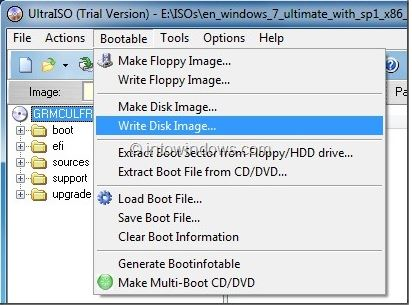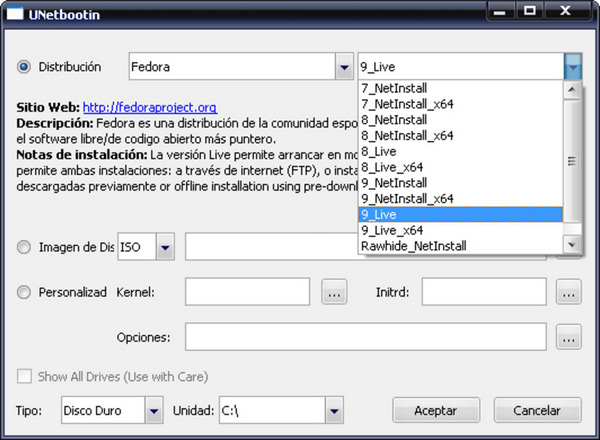
You can check the working of the hard drive, RAM, or any other component and repair them properly.

It can help you to save the data when any problem occurs to the computer.īoot from a USB flash drive when you want to troubleshoot if your system is not correctly working. Troubleshooting: Suppose you load diagnostic and repair tools in a USB flash drive.Part 1: Why Do you Want to Boot USB Flash Drive?Īn individual may want to boot a USB flash drive due to the following reasons: Part 3: Wondershare UBackit- USB Disk Image Tool.Part 1: Why Do you Want to Boot USB Flash Drive?.Make sure that’s what you want to do and click OK.Įxactly how long this takes will vary depending on the size of the ISO you’re writing, the speed of your hard disk, the speed of your flash drive, and whether you’re using a USB 2 or 3 interface.Īfter all is said and done, you have a bootable USB flash drive.

This operation erases everything that’s currently on the USB flash drive and replaces it with the contents of the ISO.

In the example below, I’ve inserted an unlabeled USB thumb drive that appears as “E:”, and I’ve selected the file HBCD_PE_圆4.iso (the most recent Hiren’s Boot CD), that I’d downloaded previously. iso file you want to copy to this USB thumb drive. Under “Boot selection”, use the Select button to locate the. If none appear, make sure you’ve inserted one and Windows recognizes its presence. Under “Device”, select the USB thumb drive you want used. There are actually several tools, but one I’ve run across that seems to do the job simply and well is called Rufus.ĭownload and run Rufus directly from the Rufus website. More and more machines are coming without optical drives - that is, they don’t have the ability to read a CD or DVD, much less boot from it.įortunately, there are tools we can use to take an ISO that contains a bootable image and place it on a USB thumb drive from which you can boot.

A good example might be operating system installation DVDs. In either case, we would then boot from the CD or DVD to run whatever the software provided. As the ISOs themselves became larger, we’d burn them to DVDs instead. ISO files are disk images often used to distribute software.


 0 kommentar(er)
0 kommentar(er)
